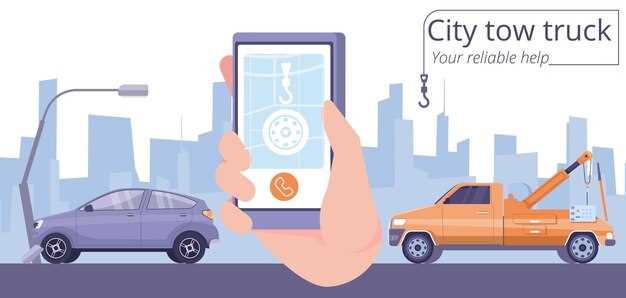How long does it take to ship a car?

When it comes to car transportation, understanding the various time frames associated with delivery is crucial for both buyers and sellers. Knowing how long it will take for a vehicle to arrive can influence purchasing decisions, logistics planning, and overall customer satisfaction. These delivery times can vary significantly based on numerous factors, including distance, transport method, and the specific services chosen.
Different transportation options available in the market, such as open or enclosed carriers, also play a substantial role in determining the estimated delivery time. While open carriers may offer faster service due to their higher availability, enclosed carriers provide added protection at the expense of a slightly longer shipping duration. Understanding these dynamics can help individuals manage expectations and plan accordingly.
Moreover, geographical considerations and transit routes can affect delivery schedules. For instance, cars shipped across state lines or to remote areas may encounter additional delays compared to local deliveries. In this article, we will explore the various factors that influence shipping time frames for car transportation to provide you with a comprehensive overview and help facilitate informed decisions.
Understanding Factors Influencing Car Shipping Duration

The duration of car shipping can vary significantly based on several key factors. Understanding these elements is essential for anyone seeking timely delivery of their vehicle. Firstly, the distance between the pickup and delivery locations plays a critical role. Longer distances generally require more time for transportation.
Secondly, the shipping method chosen can affect transit time. For example, open transport is typically faster and more economical compared to enclosed transport, which may offer added protection but can involve longer delivery schedules. Thus, the selection of the shipping method should be based on both budget and urgency.
Weather conditions also significantly influence shipping duration. Adverse weather, such as storms or heavy snowfall, can lead to delays as carriers prioritize safety and may reroute or halt transportation during severe conditions. Additionally, seasonal demand affects shipping timelines; peak seasons often result in longer wait times due to increased volume of vehicles being transported.
Another important factor is the carrier’s efficiency. Different shipping companies have varying operational efficiencies and routes, which can impact how quickly they can pick up and deliver vehicles. It’s crucial to choose a reputable carrier with a proven track record in timely delivery.
Lastly, any regulatory requirements or logistical challenges at borders or within metropolitan areas can introduce additional delays. Understanding these regulations in advance can help in planning for a more accurate shipping time frame.
Key Steps in the Car Transportation Scheduling Process

Effective scheduling is crucial for ensuring timely delivery in car transportation. Here are the key steps involved in the scheduling process:
-
Initial Consultation:
Contact the transportation company to discuss your needs. Provide details such as the type of vehicle, pickup and delivery locations, and desired timeline.
-
Quote Request:
After providing necessary information, request a quote. This estimate should include costs, delivery timelines, and any additional fees.
-
Schedule Confirmation:
Once you agree to the terms outlined in the quote, confirm the schedule. This involves setting specific dates for pickup and expected delivery.
-
Preparation for Transport:
Ensure the vehicle is prepared for transport, which may include cleaning, removing personal items, and documenting its condition.
-
Logistics Coordination:
The transportation company will coordinate the logistics of the delivery, including assigning a carrier and determining the best route.
-
Tracking and Updates:
Utilize tracking services provided by the transportation company to stay updated on your shipment’s status and any changes to the schedule.
-
Delivery and Inspection:
Upon delivery, inspect the vehicle for any damage or discrepancies. Ensure that the delivery meets the agreed-upon schedule before signing off.
Following these steps will streamline the scheduling process, helping to ensure a smooth delivery experience for your vehicle.
Expectations for Delivery Time: Domestic vs. International Shipping
When it comes to car transportation, understanding the differences in delivery time frames between domestic and international shipping is essential. Domestic shipping typically offers quicker delivery schedules due to shorter distances and fewer logistical challenges. Generally, you can expect delivery within 1 to 7 days, depending on the distance and the shipping options chosen. For example, transporting a vehicle across state lines may take less time than shipping it across several regions within the country.
In contrast, international shipping involves more complex processes, which can significantly extend delivery time. Factors such as customs clearance, international regulations, and longer distances all play a role in scheduling. Typically, international car transport can take anywhere from 2 to 8 weeks, or even longer in some cases. It’s important to account for potential delays related to customs inspections or unforeseen circumstances during transit.
Overall, when planning for car transportation, it’s crucial to consider these time frames. For domestic shipments, you might have a better grasp of the expected schedule, while international shipments require a more flexible approach, keeping in mind the additional time needed for processing and transportation across borders.

